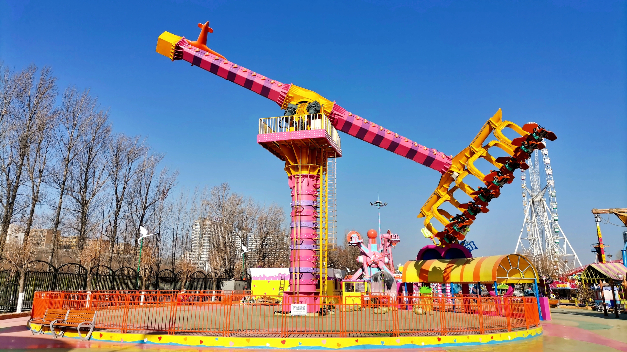- Albanian
- Arabic
- Belarusian
- Bengali
- Czech
- English
- French
- German
- Hebrew
- Hungarian
- Indonesian
- irish
- Italian
- Japanese
- kazakh
- Persian
- Russian
- Thai
- Uzbek
- Vietnamese
Design your ultimate roller coaster experience in this thrilling engineering competition
The Roller Coaster Challenge Thrills, Physics, and Teamwork
Roller coasters have long been a symbol of thrill and excitement, drawing in millions of riders each year. However, they are not just rides; they are intricate pieces of engineering that harness the principles of physics to deliver speed and adrenaline in a safe manner. The Roller Coaster Challenge is an engaging and educational program that encourages participants to design and build their own miniature roller coasters, blending creativity with critical thinking and teamwork.
At its core, the Roller Coaster Challenge provides a hands-on experience that introduces participants to fundamental concepts of physics, particularly those related to motion, energy, and gravity. When constructing a roller coaster, participants must consider how potential energy converts to kinetic energy as the coaster travels along the track. The initial height of the coaster is crucial; the higher the starting point, the greater the potential energy and the speed the coaster gains as it descends. This relationship can lead to exciting designs that include loops, corkscrews, and jumps.
The Roller Coaster Challenge Thrills, Physics, and Teamwork
Once the planning phase is over, it’s time to gather materials. Participants commonly use items like foam tubes, marbles, and cardboard to construct their coasters. While the materials may be simple, the ability to create a dynamic and functional roller coaster from them can be challenging. Teams must apply principles like friction, centripetal force, and angular momentum to keep their coaster on track while providing the thrills of a real roller coaster.
roller coaster challenge

Testing and modifications are integral parts of the Roller Coaster Challenge. After the initial construction, teams release their marble or coaster car and observe its performance. Did it make it through the loop? Did it fly off the track? This iterative process allows teams to troubleshoot and refine their designs. It may involve adjusting the height of certain sections, changing the angle of the slopes, or adding support structures to enhance stability. Each test offers critical feedback that can lead to innovative solutions and improved designs.
Beyond the fun and excitement of building roller coasters, this challenge also emphasizes the importance of teamwork and communication. Participants learn to delegate tasks based on individual strengths and to solve problems collectively. Each failure is not merely a setback but an opportunity for learning, fostering a growth mindset that is essential in engineering and scientific disciplines.
Moreover, the Roller Coaster Challenge offers participants the chance to understand the engineering design process. They begin with an idea, plan their approach, create a prototype, and test it rigorously. Failure becomes a valuable teacher, providing insights that lead to better solutions. This cycle of design, testing, and redesign is a staple in engineering fields and prepares participants for future challenges in STEM careers.
In conclusion, the Roller Coaster Challenge is more than just a fun activity; it is a multifaceted educational experience that intertwines principles of physics, creativity, and collaboration. It inspires future generations to explore the wonders of engineering and physics while igniting their passion for learning. As participants flick the switch and watch their creations race down the tracks, they are not just experiencing a thrill; they are engaging with the very foundations of science and engineering, laying the groundwork for their future innovations. This challenge illustrates how learning can be both fun and profound, offering lessons that extend well beyond the classroom.
-
Flume Ride-Hebei Zhipao Amusement Equipment Manufacturing Co., Ltd.|Thrilling Water Attraction&Customizable DesignJul.30,2025
-
Flume Ride - Hebei Zhipao Amusement Equipment | Water Coaster, Thrilling DescentJul.30,2025
-
Flume Ride - Hebei Zhipao | Thrilling Water AttractionJul.30,2025
-
Flume Ride: Thrilling Water Attraction by Hebei Zhipao|Log Flume Manufacturers&Flume Ride DesignJul.30,2025
-
Flume Ride-Hebei Zhipao Amusement Equipment Manufacturing Co., Ltd.|Thrilling Water Coaster, Safe DesignJul.30,2025
-
Flume Ride-Hebei Zhipao Amusement Equipment Manufacturing Co., Ltd.|Thrilling Water Attraction, Safe DesignJul.30,2025
